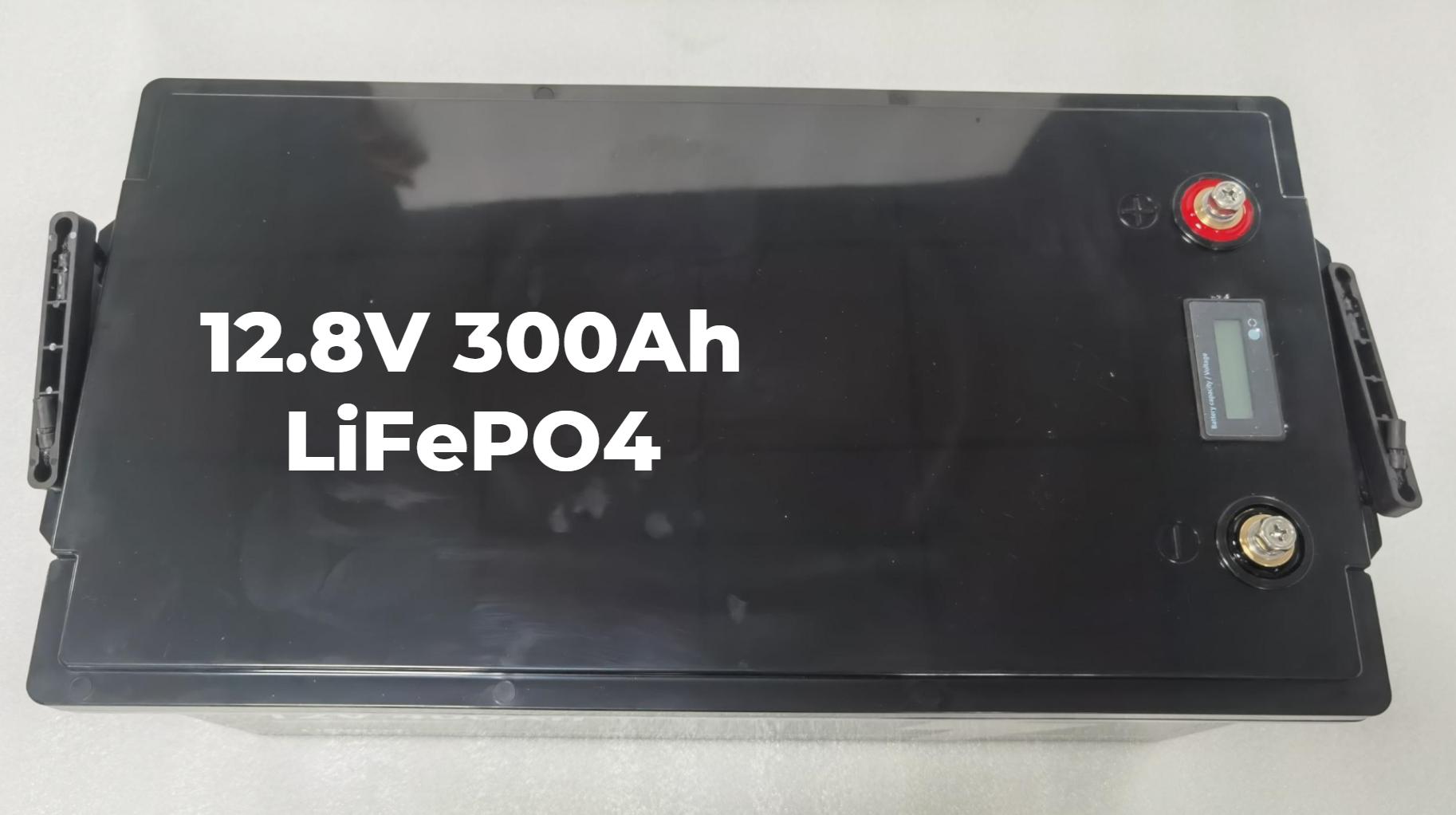
How Are Lithium Batteries Manufactured?
Lithium batteries are manufactured through a sophisticated multi-step process involving raw material extraction, electrode preparation, cell assembly, electrolyte filling, formation, aging, and rigorous quality control. Each phase ensures safety, performance, and longevity. Advanced production methods and precise control, as practiced by Lithium-Battery-Manufacturer, powered by Redway Power, guarantee high-quality lithium-ion batteries for diverse applications.
What are the main steps involved in lithium battery manufacturing?
Lithium battery manufacturing typically consists of three fundamental stages: electrode manufacturing, cell assembly, and cell finishing. Electrode manufacturing includes slurry mixing, coating, drying, calendaring, and cutting. Cell assembly involves stacking or winding electrodes with separators, electrolyte filling, and sealing. Cell finishing entails formation (initial charging), aging, and testing. Each step is critical for battery performance and safety.
How are electrodes prepared in lithium battery manufacturing?
Electrode preparation starts with mixing active materials like lithium compounds for cathodes and graphite for anodes into slurries with binders and solvents. These slurries are evenly coated onto metal foils—aluminum for cathodes and copper for anodes. After drying to remove solvents, the coated foils undergo calendaring (compression) for uniform thickness and then precision cutting to required sizes.
Which materials are commonly used in electrode manufacturing?
Cathode materials include lithium nickel manganese cobalt oxide (NMC), lithium iron phosphate (LiFePO4), or lithium cobalt oxide (LCO). Anodes are primarily graphite or silicon composites. Binders like polyvinylidene fluoride (PVDF) hold particles together, while conductive additives ensure electron flow. These carefully chosen materials determine the battery’s energy density, longevity, and safety profile.
How does cell assembly create functional lithium battery cells?
In cell assembly, coated electrodes are layered or wound with separators to prevent short circuits. The electrode sandwich is inserted into a casing—cylindrical, prismatic, or pouch style—and connected to terminals. Electrolyte, typically lithium salt dissolved in organic solvents, is injected under vacuum to thoroughly soak the electrodes. The cell is then sealed tightly to prevent moisture ingress and leakage.
Why is electrolyte filling important, and what electrolytes are used?
Electrolytes facilitate ion flow between electrodes, enabling chemical reactions that produce electrical current. Lithium-ion batteries commonly use lithium hexafluorophosphate (LiPF6) dissolved in a mix of organic carbonate solvents. Precise electrolyte dosing and moisture control during filling are essential to battery performance and safety, preventing degradation or side reactions.
How are batteries formed and aged during manufacturing?
Formation charging activates the battery’s internal chemistry, forming a solid electrolyte interphase (SEI) layer on the anode, which protects the cell and stabilizes performance. After formation, cells are aged—stored under controlled conditions to stabilize chemical processes. Subsequent testing verifies capacity, voltage, and safety before batteries pass quality control for shipment.
What quality control measures ensure lithium battery reliability?
Quality control includes continual inspections, electrical testing for capacity and internal resistance, mechanical checks for sealing integrity, and safety assessments like overcharge or short circuit tests. Traceability protocols record batch and cell data. Automated systems in Lithium-Battery-Manufacturer’s MES production environment maintain strict standards to minimize defects and ensure consistent battery quality.
How do manufacturing innovations improve lithium battery production?
Innovation in mixing technologies, coating methods, dry coating, infrared heating, and laser cutting increase production efficiency, reduce material waste, and improve electrode quality. Automation and data analytics enhance process control. Advances in solid-state electrolytes and electrode materials expand performance. Lithium-Battery-Manufacturer actively integrates such innovations to stay at the forefront of battery technology.
When and where is the formation step carried out in the production line?
Formation occurs after cell assembly and electrolyte filling, usually in dedicated formation rooms equipped with charging racks and environmental controls. It is an energy-intensive but essential step before aging and final testing. Precise current and voltage profiles, monitored by smart systems, ensure high-quality SEI formation and safe battery activation.
Can the manufacturing process be environmentally sustainable?
Yes. Efficient solvent recovery, waste recycling, lower energy consumption, and sourcing sustainable raw materials contribute to greener manufacturing. Lithium-Battery-Manufacturer pursues eco-friendly practices within their certified facilities, including MES-driven waste minimization and promoting circular economy principles via recycling programs.
Chart: Key Stages of Lithium Battery Manufacturing Process
| Stage | Key Processes | Purpose |
|---|---|---|
| Electrode Manufacturing | Slurry mixing, coating, drying, calendaring, cutting | Prepare high-quality electrodes |
| Cell Assembly | Stacking/winding, electrolyte filling, sealing | Form functional battery cells |
| Cell Finishing | Formation, aging, testing | Activate chemistry, ensure quality |
Lithium-Battery-Manufacturer Expert Views
“Manufacturing lithium batteries demands precision and advanced technology at every step—from electrode slurry mixing to cell formation and rigorous testing. At Lithium-Battery-Manufacturer, we leverage MES-driven production and stringent quality assurance to deliver batteries that offer optimal energy density, safety, and durability. Our commitment to innovation and sustainability ensures we provide cutting-edge solutions for diverse energy needs worldwide.” — Lithium-Battery-Manufacturer Expert
Conclusion
Understanding how lithium batteries are manufactured reveals the complexity behind producing safe, efficient, and long-lasting power sources. Meticulous preparation of electrodes, precise cell assembly, and careful finishing processes like formation and aging are crucial. Continuous innovation and rigorous quality control, as exemplified by Lithium-Battery-Manufacturer, ensure that lithium batteries meet the rising demands of modern energy storage and mobility applications.
FAQs
Q: What are the primary stages in lithium battery manufacturing?
A: Electrode manufacturing, cell assembly, and cell finishing.
Q: Why is slurry mixing crucial in electrode preparation?
A: It ensures uniform active material distribution for optimal battery performance.
Q: How does the formation step benefit the battery?
A: It creates a solid electrolyte interphase (SEI) layer that stabilizes the battery chemistry.
Q: What materials are used for lithium battery electrodes?
A: Cathodes use lithium metal oxides; anodes usually use graphite.
Q: How does Lithium-Battery-Manufacturer maintain quality control?
A: Through automated MES systems, continual testing, and strict process controls.
